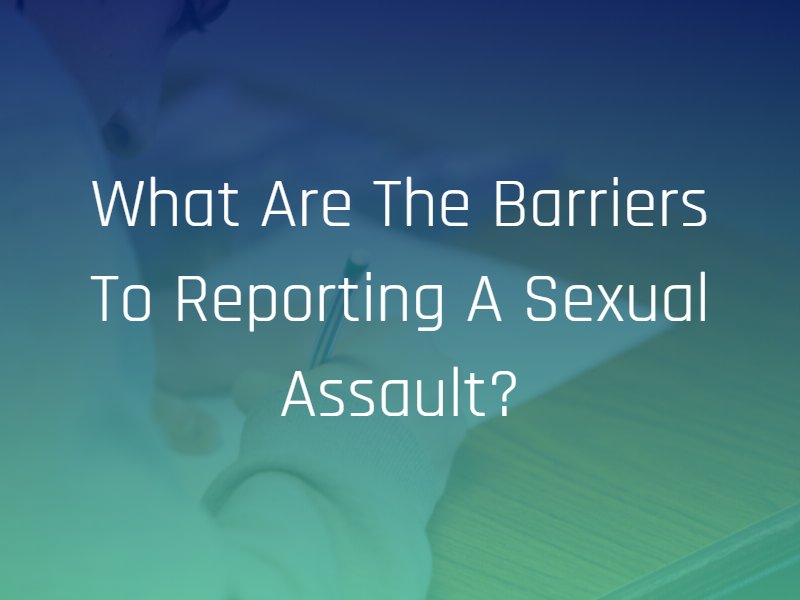Sexual assault affects thousands of people each year. According to the Rape, Abuse, and Incest National Network (RAINN), there are approximately 433,648 victims of sexual assault each year in the United States — and even with such high instances of sexual violence, only 230 out of every 1,000 sexual assault cases are reported to the police.
Although sexual violence is a heinous crime and survivors deserve justice, many people who experience sexual assault face significant barriers when they try to report to the police. Societal pressures, systemic difficulties, and low rates of incarceration are some of the major hurdles survivors must jump over to seek justice.
#1: Low Incarceration Rates
Sexual assault criminal cases can be long, drawn-out, and emotionally and physically exhausting. The survivor is expected to relive the assault multiple times, encounter his or her abuser in the courtroom, and face scrutiny from witnesses, attorneys, and jurors. Although sexual assault trials are intensive, they often do not lead to incarceration — in fact, only 5 out of every 230 assaults reported to the police end in a felony conviction, and only 4.6 rapists face incarceration.
Many survivors choose not to report their sexual assaults because of this fact. They may choose to find their own path toward healing, rather than rely on a system that requires an intense emotional output.
#2: Fear of Disbelief
It is a common misconception that many survivors of sexual assault lie or fabricate their stories for attention, to ruin the perpetrator’s reputation, or another ulterior motive. Many survivors refrain from reporting because they fear that the police, their community, or their friends and family won’t believe them.
Some people assume that a survivor is lying if he or she didn’t report the crime right away, can’t remember certain details of the assault, or wants to avoid a trial — all of which are common behaviors following a sexual assault. According to research by the National Sexual Violence Resource Center, between 2% to 10% of sexual assaults reported to the police are false — an extremely low number compared to the high rates of disbelief.
#3: Prior Relationship with the Perpetrator
It is a common myth that most perpetrators of sexual assault are strangers who randomly attack a victim they do not know. The truth is that the vast majority of sexual assault survivors have a prior relationship with the perpetrator.
According to the National Institute of Justice, approximately two-thirds of sexual assault victims between the ages of 18 to 29 knew their assailants — and 6 out of every 10 survivors were acquaintances, friends, relatives, or even in a relationship with the perpetrator prior to the assault.
Filing a sexual assault report alone can be an overwhelming experience, and if the survivor knows the perpetrator, the process becomes more complex. Many survivors do not report out of fear of retaliation or sending the perpetrator to jail.
#4: Being Underage
According to RAINN, Child Protective Services agencies across the United States found evidence or discovered that 57,329 children were victims of sexual abuse in 2016. The actual statistic may be even higher, since many children are unable to report their assaults for a number of reasons.
RAINN also states that 93% of the perpetrators are friends, relatives, or acquaintances of the child victim. This connection may make it more difficult for the child to report or for his or her family to believe and take his or her allegations seriously.
If you are a survivor of sexual assault and you are unsure what to do in the aftermath, contact a sexual assault attorney with experience advocating for survivors as soon as possible. Your attorney can help you understand your legal options for pursuing both criminal and civil charges against the perpetrator, and can help you confront these systemic barriers. Contact your lawyer as soon as possible to strategize your next steps.

